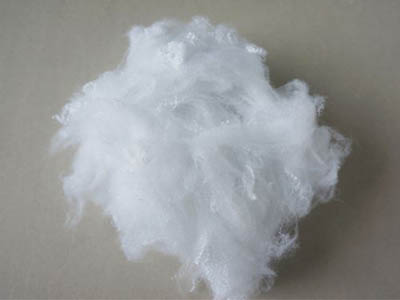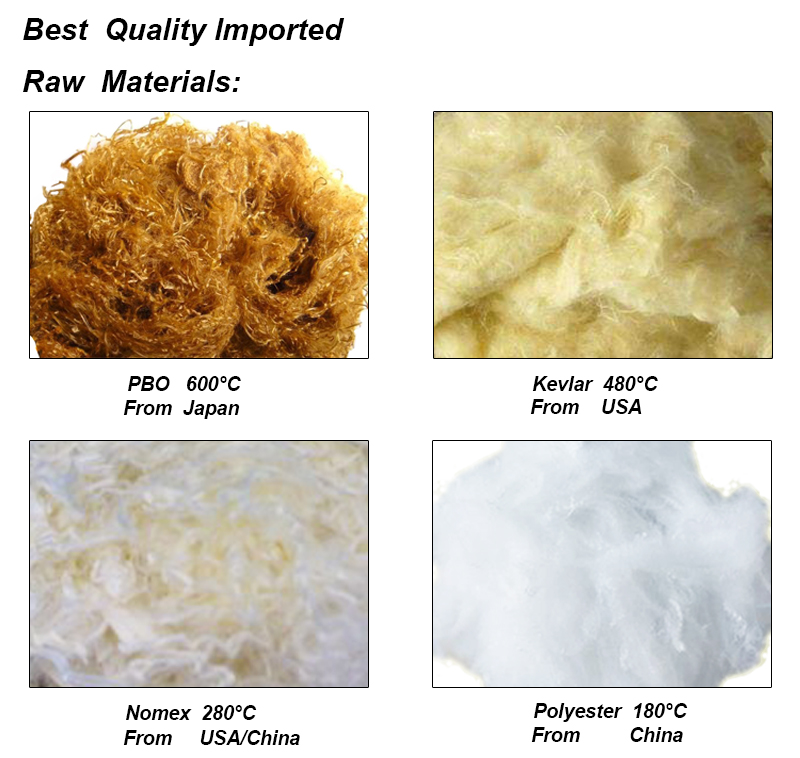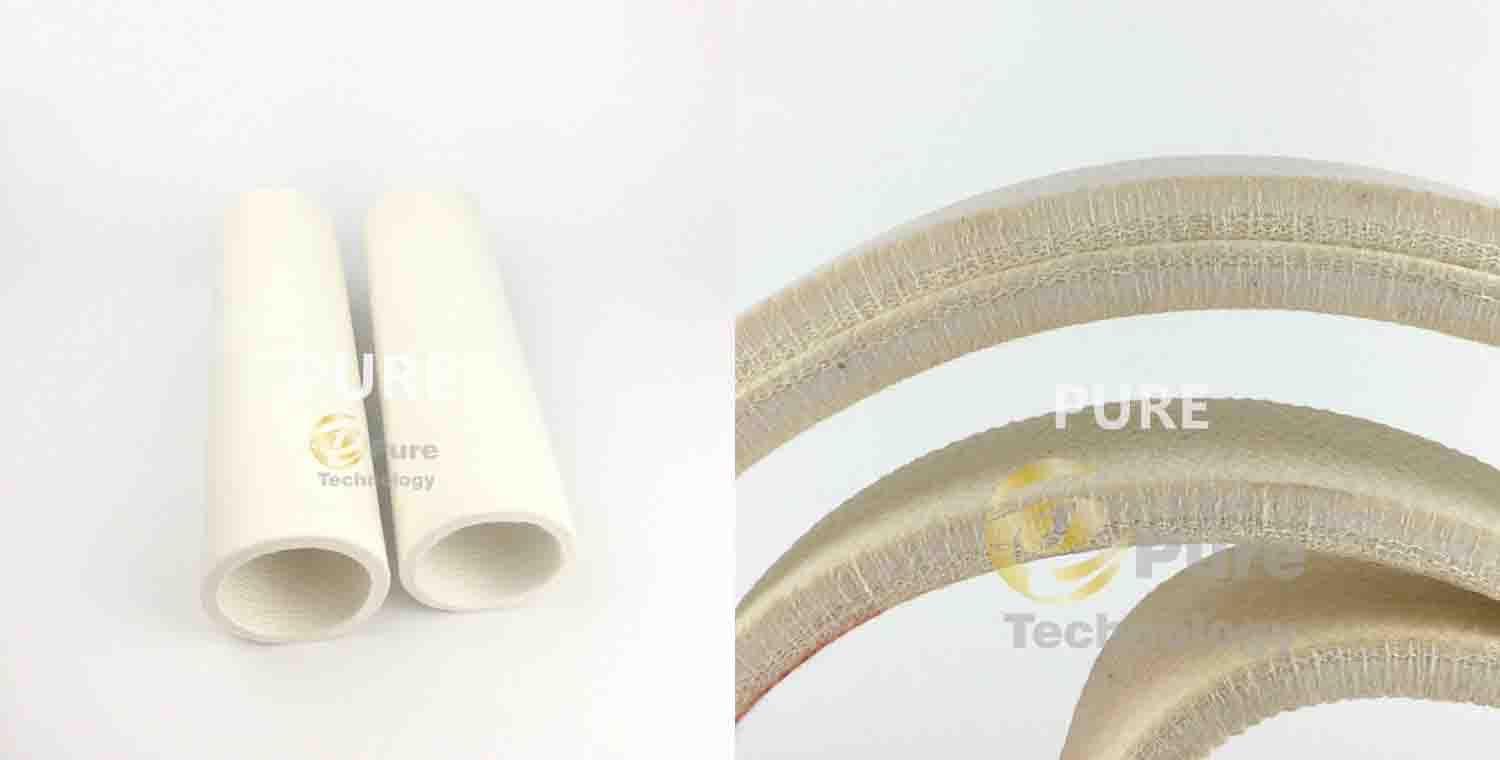Polyester fiber, also known as polyester in the industry, is essentially a product of petroleum byproducts through “chemical magic”. Other fibers are still struggling to understand how they can have the advantages of other fibers.
But it combines all the advantages in one: wear resistance, wrinkle resistance, and strength after being wet, which can be called the top configuration in the fiber industry.
It is resistant to acid and alkali corrosion and can withstand ultraviolet rays. 80% of the global synthetic fiber market is captured by it!
As early as 1894, Verlander used succinyl chloride and ethylene glycol to produce polyester of low relative molecular weight;
In 1898 Einkorn synthesized polycarbonate; Carothers synthetic aliphatic polyester: early synthetic polyester is mostly aliphatic compounds, its relative molecular weight and melting point are low, and soluble in water, so it does not have the use value of textile fiber.
In 1941, British Wingfield Whinfield and Dickson (Dickson) synthesized polyethylene terephthalate (PET) with dimethyl terephthalate (DMT) and ethylene glycol (EG). This polymer can be spun through melt to produce excellent fiber performance.
In 1953, the United States first set up a factory to produce PET fiber. It can be said that PET fiber is a kind of fiber developed later in the large variety of synthetic fiber.

Polyester fiber
Polyester fiber is a synthetic fiber produced through a chemical synthesis process. Its production process involves a variety of raw materials, including purified terephthalic acid (PTA) dimethyl terephthalate (DMT), and ethylene glycol (MEG).
These raw materials undergo a series of complex chemical reactions, such as esterification or transesterification and polycondensation, to eventually produce a polymer compound, polyethylene terephthalate (PET). Subsequently, this polymer compound is processed into fiber form through a spinning process.
Polyester fiber has a series of excellent properties, the biggest advantage of polyester fiber is wrinkle resistance and shape retention is good, with high strength and elastic recovery ability. It’s firm and durable, wrinkle-resistant, and ironing-free, non-stick wool.
Excellent heat setting effect, good heat, and light resistance. Polyester fiber melting point is 255 ℃ or so, and the glass transition temperature is about 70 ℃, in a broad range of end-use conditions stable shape, fabric wash, and wear resistance.
In addition, also has excellent impedance (such as resistance to organic solvent, soap, detergent, bleach solution, and oxidant) as well as good corrosion resistance, weak acid, and alkali, such as stability, thus has wide use and industrial use.
Fiber has the advantages of high modulus, high strength, high elasticity, good shape retention, and heat resistance, has become the most widely used, the largest consumption of fiber varieties can be strong, wrinkle- and tear-resistant.
·The color is generally milky white with mercerization, and the density is 1.333g/cm3
·Light resistance: there is a strong absorption band only in the 315nm light wave area, and the intensity only loses 60% after 600h of sunlight irradiation, which is similar to cotton.
·Good resilience, elongation of 5%, after the load can be almost completely recovered.

Other high-temperature resistant fiber
·Abrasion resistance. Its wear resistance is second only to nylon, and more than other synthetic fibers, wear resistance is almost the same
·Thermal properties: softening point T is 230-240℃, melting point TM is 255-265℃, decomposition point T is about 300℃
·Microbial resistance. resistant to microorganisms and is not affected by moths and molds
·For example, after a tense heat setting at about 180℃ after stretching, the strength of more than 6cN/dtex and the elongation of high strength below 30% can be obtained。

Polyester Felt Roller and Felt Belt
1. Conventional PET fiber (commonly known as terylene in my country) – Features: standard gloss, round cross-section, strength 35-60cN/tex – Applications: shirts, jackets, home textiles (accounting for 65% of terylene fibers for clothing)
2. Special-shaped cross-section fibers – Star products: – Cross-shaped fibers (moisture conduction speed is 30% faster than conventional fibers) – Hollow fibers (air content up to 20%, warmth retention increased by 40%) – Applications: sportswear, down substitutes
3. Differentiated fibers – Representative varieties: – Cationic dyeable polyester (dyeing temperature reduced to 100°C) – Ultrafine denier fibers (single filament fineness <0.3dtex, feel close to silk) – Applications: high-end imitation silk fabrics, underwear
4. Functional fibers – Technological breakthroughs: – Moisture wicking (wicking height>12cm) – UV resistant (UVA transmittance <5%) – Antibacterial (antibacterial rate>99%) – Application: outdoor equipment, medical textiles
5. Recycled polyester (rPET) – Environmental data: Each ton of recycled polyester reduces oil consumption by 3.8 barrels and reduces CO₂ emissions by 4.2 tons – Application: Sustainable series of fast fashion brands (H&M Conscious, etc.)
The production process of polyester includes two parts: polyester melt synthesis and melt spinning. The raw materials for synthetic polyester are polyethylene terephthalate and ethylene glycol, which are mainly obtained from petroleum cracking but can also be obtained from coal and natural gas.
Petroleum is heated and cracked to obtain toluene, xylene ethylene, etc. After the chemical processing of polyester chips, terephthalic acid or dimethyl terephthalate and ethylene glycol can be obtained.
Polyester fiber is mainly used in a wide range of applications, such as cords, conveyor belts, rope, electrical insulation materials, etc., and is mostly used in clothing and industrial production of handicrafts.
Flame retardant polyester fiber for a permanent flame retardant grade, use scope is very wide, in addition to building decorative textiles, project design, transport within the irreplaceable effect into full play such as decoration design, and protective clothing industry, aluminum and iron and other metal processing industry, extruder cooling table in the spare parts give full play to the effect of the many.
According to the characteristics of high-temperature resistance and heat resistance, high pilling resistance, fire prevention, and heat insulation textile fiber, and then by clustering, stretching, crimping, heat setting, cutting, and other processes to get the finished product, such as the Polyester Felt Roller Sleeve, Polyester Endless Felt Belt.
High-temperature resistance of 180 degrees Polyester Felt Roller Sleeve The low-temperature area used for the cold bed transmission of the aluminum extrusion machine is also called the three-stage cold table.
The extruded aluminum is transported to the measuring table after being cooled by the cold bed. Polyester Endless Felt Belt for aluminum extrusion machines in a secondary cooling table.
Policy drive: China’s “14th Five-Year Plan” requires that green fiber account for 25%. In 2025, domestic production capacity is expected to exceed 60 million tons, accounting for 70% of the global total output.
Waste PET recycling: The annual growth rate of the recycled polyester fiber (rPET) market size exceeds 20%, and Europe’s carbon tariff policy promotes the growth of export demand.
Environmental pressure: In 2025, outdated production capacity below 30,000 tons/year will be eliminated, and enterprises need to invest in zero wastewater discharge technology, and the unit water consumption is controlled within 10 tons/ton of fiber.
Raw material fluctuations: The proportion of bio-based raw materials (bamboo pulp, agricultural waste) has increased to 30%, reducing dependence on oil and imported wood pulp.
Thank you very much for your reading, if you like to give a heart.
As we know, Heat Transfer Printing Felt is suitable for fabrics, decorative fabrics, curtains, le...
Read Safety Rules for Laundry Management to be a qualified manager. PARTⅠ Laundry room Safety Gen...
The aluminum extrusion machine is the leading equipment for the production of aluminum profiles. ...
Heat transfer printing is a contemporary printing process in the clothing market. It prints the p...
In the textile industry, felt is only a small part but important. About how to choose felt that i...
Foshan Pure Technology Company., Ltd. helps conveyor belt manufacturers source equipment to metal...
What is Nomex? Meta-amide, or meta-phenylene isophthalamide, is made from meta-phenylenediamine a...
Kevlar fiber Introduction In the development of materials science, Kevlar fiber has particularly ...